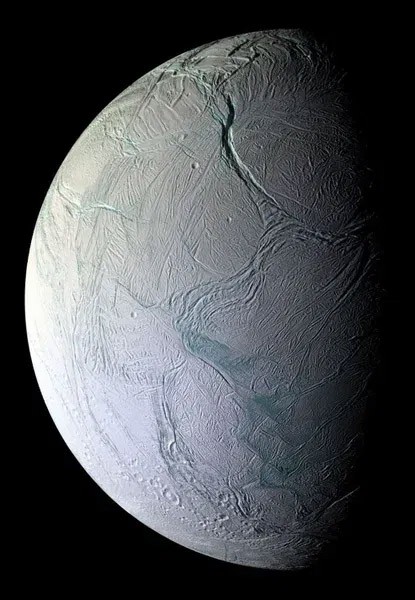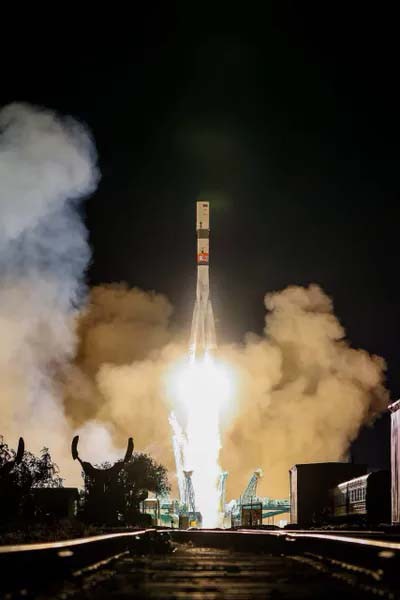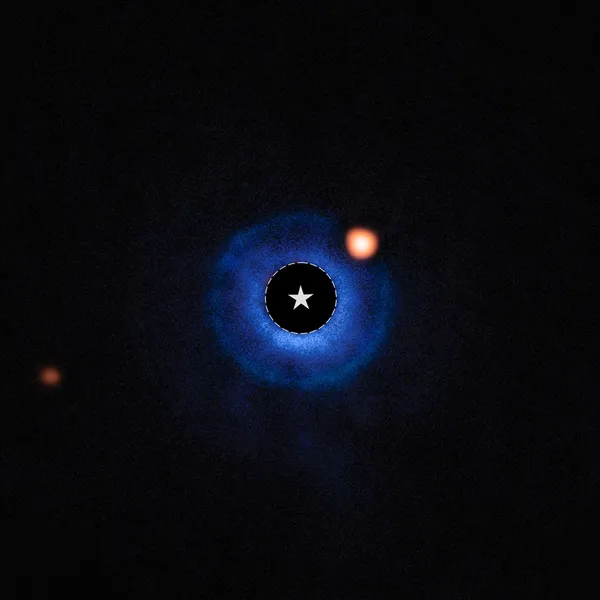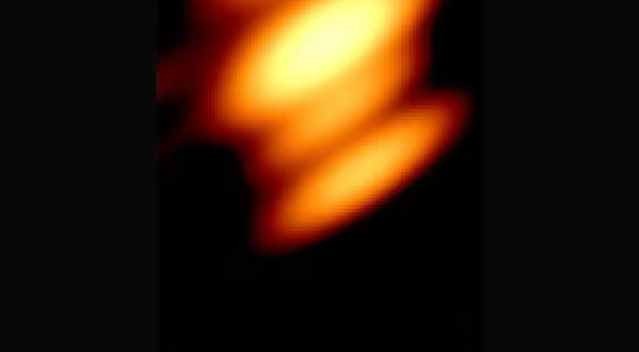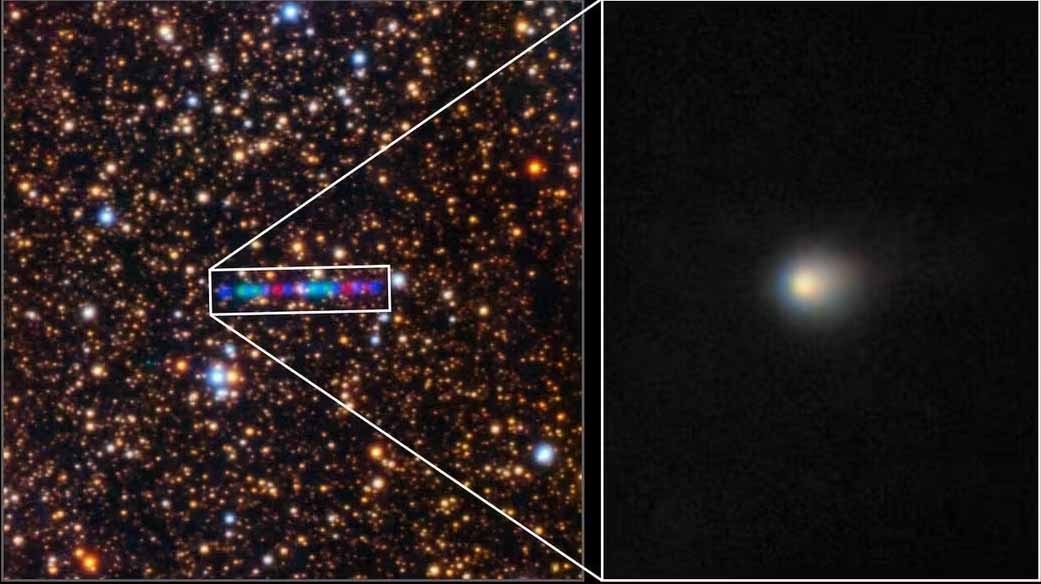The joint efforts of scientists and civilian researchers led to the discovery of an unusual exoplanet TOI-4465 b-a massive gas giant located at a distance of about 400 light-years from Earth. The uniqueness of the discovery lies not only in the characteristics of the planet itself, but also in the method of confirming its existence: amateur astronomers from around the world played a key role in this process.
The primary signal was detected by an orbiting telescope that records so — called transits-short-term decreases in the brightness of a star when a celestial body passes in front of it. However, a single event is not sufficient evidence for the presence of a planet. Such signals can be caused by distortions, stellar activity, or even the passage of compact objects such as black holes. To confirm the planetary nature of the object, it was necessary to record a repeated transit at different points in time.
TOI-4465 b is particularly difficult to observe because of its 102 — day orbital period. Each transit lasts about 12 hours, but it is extremely difficult to get a continuous 12 hours of dark and clear skies in one geographical point. Weather conditions, limited access to professional telescopes, and the need for synchronicity make the task of observing such a planet particularly time-consuming. Only three transit registration windows are possible within one year.
Project manager Zahra Essak, an astrophysicist and coordinator of the observation campaign, decided to use a network of amateur astronomers. More than 24 civilian scientists from 10 countries used their personal telescopes to gradually record the planet's passage through the star's disk. Due to the wide geographical dispersion of participants, it was possible to combine fragmented data into a single 12-hour picture necessary for event verification. These results were supplemented by observations from professional observatories, including large ground-based telescopes located in the Americas.
The physical parameters of the TOI-4465 b make it unique. The exoplanet's radius exceeds that of Jupiter by 25%, and its mass is almost six times greater. The surface temperature is estimated to range from 375 to 478 K (about 100-200 °C), making it one of the rare objects with intermediate characteristics between so-called hot jupiters and Jupiter-like planets in our Solar System. If TOI-4465 b was located within the Solar System, its orbit would be located between the orbits of Mercury and Venus.
Such parameters make TOI-4465 b a promising object for further research, including using high-resolution spectroscopy and observations from the James Webb Space Telescope. The possibility of studying the atmosphere of such a planet in the future may provide new answers to questions about the formation of massive gas giants and their evolution in other planetary systems.
The project has become an example of effective integration of the scientific community and civil science. Such a large-scale participation of enthusiasts, who were previously rarely allowed to participate in the verification phase of exoplanet candidates, allowed not only to speed up the confirmation process, but also demonstrated the potential of distributed ground-based observer networks in the era of "big data" in astronomy.


